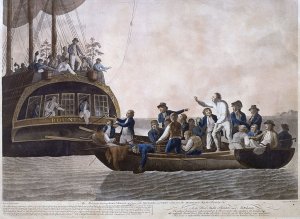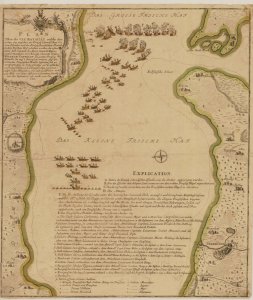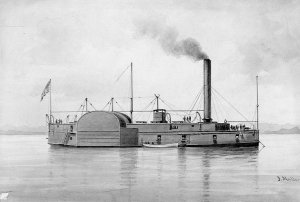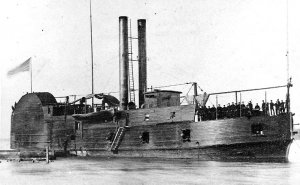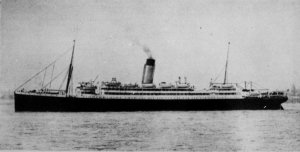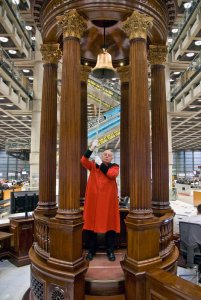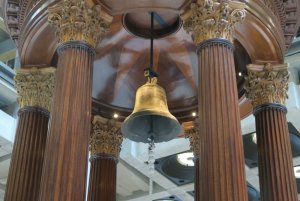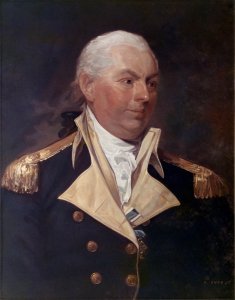Today in Naval History - Naval / Maritime Events in History
26th of August
some of the events you will find here,
please use the following link where you will find more details and all other events of this day .....
1652 - Battle of Plymouth
The Battle of Plymouth was a naval battle in the First Anglo-Dutch War. It took place on 16 August 1652 (26 August 1652 (Gregorian calendar))[a] and was a short battle, but had the unexpected outcome of a Dutch victory over England. General-at-Sea George Ayscue of the Commonwealth of Englandattacked an outward bound convoy of the Dutch Republic commanded by Vice-Commodore Michiel de Ruyter. The two commanders had been personal friends before the war. The Dutch were able to force Ayscue to break off the engagement, and the Dutch convoy sailed safely to the Atlantic while Ayscue sailed to Plymouth for repairs.
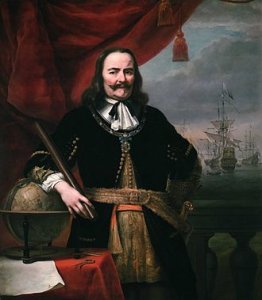
1767 - Launch of HMS Marlboro (1767 - 74)
HMS Marlborough was a 74-gun third rate ship of the line of the Royal Navy, launched on 26 August 1767 at Deptford. She was one of the Ramilliesclass built to update the Navy and replace ships lost following the Seven Years' War. She was first commissioned in 1771 under Captain Richard Bickerton as a guard ship for the Medway and saw active service in the American Revolutionary War and on the Glorious First of June. At the battle of the First of June Marlborough suffered heavy damage apparently as a result of her white ensign being mistaken for the French ensign.
1791 – John Fitch is granted a United States patent for the steamboat.
Fitch was granted a U.S. patent on August 26, 1791, after a battle with James Rumsey, who had also invented a steam-powered boat. The newly created federal Patent Commission did not award the broad monopoly patent that Fitch had asked for, but rather a patent of the modern kind, for the new design of Fitch's steamboat. It also awarded steam-engine-related patents dated that same day to Rumsey, Nathan Read, and John Stevens. The loss of a monopoly due to these same-day patent awards led many of Fitch's investors to leave his company. While his boats were mechanically successful, Fitch no longer had the financial resources to carry on.
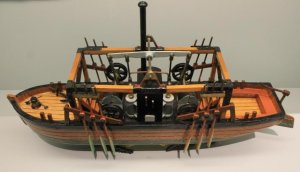
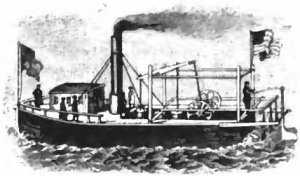
Model of the "Perseverance (steam locomotive)," Deutsches Technikmuseum Berlin, Germany.
1808 - HMS Implacable (74), Cptn. Thomas Byam Martin, and HMS Centaur (74), Cptn. W. H. Webley, captured Russian Vsevelod (74), Cptn. Roodneff, which was subsequently set on fire as it had run too firmly aground.
The Russian ship Vsevolod (1796) (also Vsewolod; Russian: Всеволод) was a 74-gun ship of the line launched in 1796. She served in the North Sea and the Baltic until the British 74-gun third rates Implacable and Centaur destroyed her in 1808 during the Anglo-Russian War (1807-1812).
On 24 August Vsevolod, under Captain Rudno (or Rudnew or Roodneff) exchanged fire with Implacable, with the Russian suffering heavy casualties before running aground. During this exchange three nearby Russian ships failed to render assistance. Vsevolod hauled down her colors, but Hood recalled Implacable because the Russian fleet was approaching. During the fight Implacable lost six men killed and twenty-six wounded, including two who did not recover and three who had limbs amputated.; Vsevolod lost some 48 dead and 80 wounded.

Vsevolod burning, after the action with the Implacableand Centaur, destroyed in the presence of the Russian Fleet near Rogerwick bay on 26 August 1808.
1859 - The Novara-Expedition, he first large-scale scientific, around-the-world mission of the Austrian Imperial navy is returning to Triest
Authorized by Archduke Maximillian, the journey lasted 2 years 3 months, from 30 April 1857 until 30 August 1859.
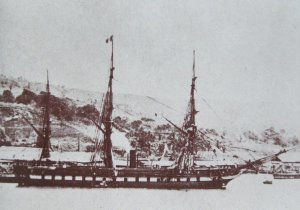
1865 - American Civil War ends with Naval strength over 58,500 men and 600 ships
26th of August
some of the events you will find here,
please use the following link where you will find more details and all other events of this day .....
Naval/Maritime History - 27th of August - Today in Naval History - Naval / Maritime Events in History
Today in Naval History - Naval / Maritime Events in History Events on 26 August 1652 - Battle of Plymouth The Battle of Plymouth was a naval battle in the First Anglo-Dutch War. It took place on 16 August 1652 (26 August 1652 (Gregorian calendar))[a] and was a short battle, but had the...
shipsofscale.com
1652 - Battle of Plymouth
The Battle of Plymouth was a naval battle in the First Anglo-Dutch War. It took place on 16 August 1652 (26 August 1652 (Gregorian calendar))[a] and was a short battle, but had the unexpected outcome of a Dutch victory over England. General-at-Sea George Ayscue of the Commonwealth of Englandattacked an outward bound convoy of the Dutch Republic commanded by Vice-Commodore Michiel de Ruyter. The two commanders had been personal friends before the war. The Dutch were able to force Ayscue to break off the engagement, and the Dutch convoy sailed safely to the Atlantic while Ayscue sailed to Plymouth for repairs.

1767 - Launch of HMS Marlboro (1767 - 74)
HMS Marlborough was a 74-gun third rate ship of the line of the Royal Navy, launched on 26 August 1767 at Deptford. She was one of the Ramilliesclass built to update the Navy and replace ships lost following the Seven Years' War. She was first commissioned in 1771 under Captain Richard Bickerton as a guard ship for the Medway and saw active service in the American Revolutionary War and on the Glorious First of June. At the battle of the First of June Marlborough suffered heavy damage apparently as a result of her white ensign being mistaken for the French ensign.
1791 – John Fitch is granted a United States patent for the steamboat.
Fitch was granted a U.S. patent on August 26, 1791, after a battle with James Rumsey, who had also invented a steam-powered boat. The newly created federal Patent Commission did not award the broad monopoly patent that Fitch had asked for, but rather a patent of the modern kind, for the new design of Fitch's steamboat. It also awarded steam-engine-related patents dated that same day to Rumsey, Nathan Read, and John Stevens. The loss of a monopoly due to these same-day patent awards led many of Fitch's investors to leave his company. While his boats were mechanically successful, Fitch no longer had the financial resources to carry on.


Model of the "Perseverance (steam locomotive)," Deutsches Technikmuseum Berlin, Germany.
1808 - HMS Implacable (74), Cptn. Thomas Byam Martin, and HMS Centaur (74), Cptn. W. H. Webley, captured Russian Vsevelod (74), Cptn. Roodneff, which was subsequently set on fire as it had run too firmly aground.
The Russian ship Vsevolod (1796) (also Vsewolod; Russian: Всеволод) was a 74-gun ship of the line launched in 1796. She served in the North Sea and the Baltic until the British 74-gun third rates Implacable and Centaur destroyed her in 1808 during the Anglo-Russian War (1807-1812).
On 24 August Vsevolod, under Captain Rudno (or Rudnew or Roodneff) exchanged fire with Implacable, with the Russian suffering heavy casualties before running aground. During this exchange three nearby Russian ships failed to render assistance. Vsevolod hauled down her colors, but Hood recalled Implacable because the Russian fleet was approaching. During the fight Implacable lost six men killed and twenty-six wounded, including two who did not recover and three who had limbs amputated.; Vsevolod lost some 48 dead and 80 wounded.
Vsevolod burning, after the action with the Implacableand Centaur, destroyed in the presence of the Russian Fleet near Rogerwick bay on 26 August 1808.
1859 - The Novara-Expedition, he first large-scale scientific, around-the-world mission of the Austrian Imperial navy is returning to Triest
Authorized by Archduke Maximillian, the journey lasted 2 years 3 months, from 30 April 1857 until 30 August 1859.

1865 - American Civil War ends with Naval strength over 58,500 men and 600 ships




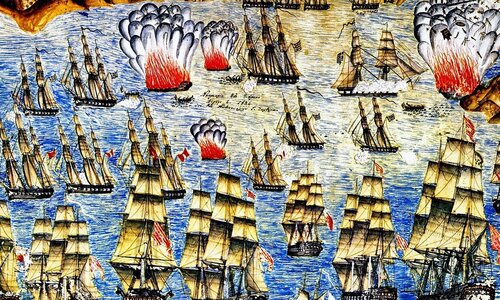

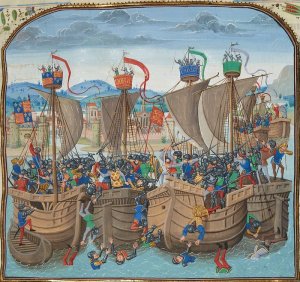


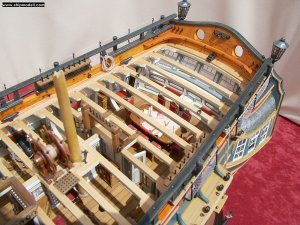
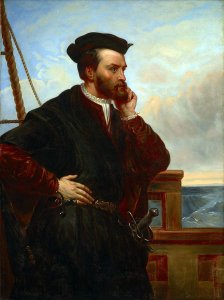
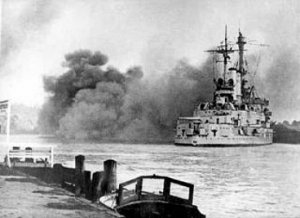

 -Donaldson Line, which later became the Donaldson Atlantic Line. She worked between the
-Donaldson Line, which later became the Donaldson Atlantic Line. She worked between the 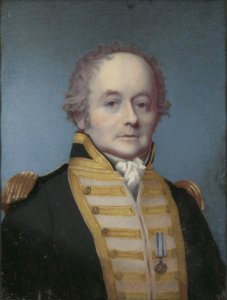
 paper
paper

